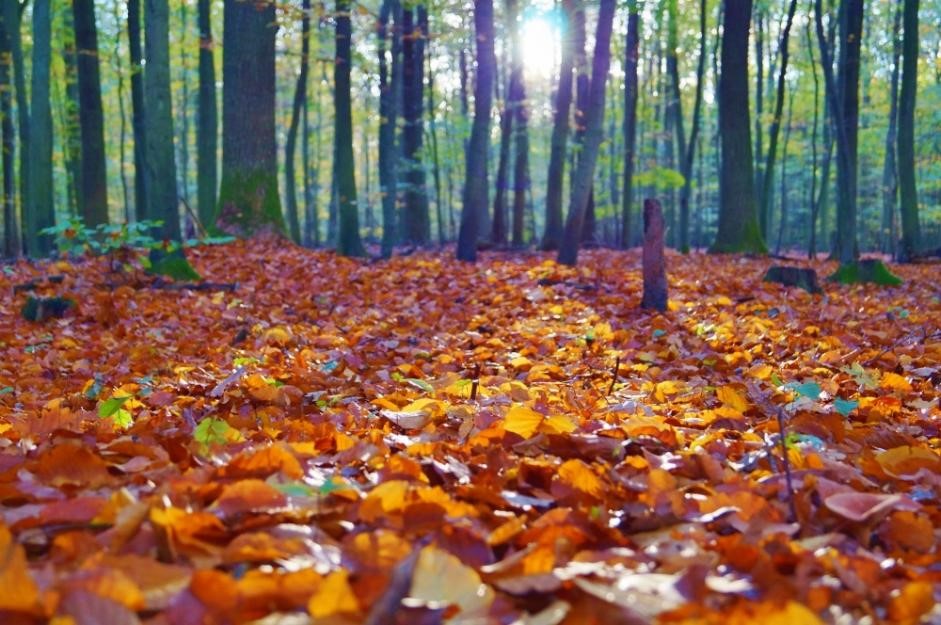Unlike many writers who address climate change, Sr. Nancy Sylvester doesn't offer an urgent call to action. Rather, she gives a measured call to contemplation about our connectedness to our planet, the creatures who live on it and future generations.
Sylvester invites learners to become more aware of their surroundings and, ultimately, truly grounded in nature. She offers hope that this approach will make our efforts to ensure a healthy planet more effective
Sylvester's reflection suggests that climate change requires humans to change their lifestyles in order to lessen their impact on the planet. People of any age might deny the science or struggle with changes in the way they consume things, dispose of items or use energy. The purpose of her article and this lesson is to launch or stretch thinking that will lead to transformation.
In that spirit, approach the opportunity of this session like a true ministry encounter. Meet the learners where they are and journey with them toward God's plan for them.
The sky ultimately could be the only limit to activities for this session. Consider:
- Taking your class on a quick field trip around the school grounds. Travel the same route twice, first observing all animals, insects and plant life, then observing all human influence in the same area (noise, light, smells, smoke, wires, pavement, etc).
- Assign each student a one-foot square patch of earth to observe for five minutes. Instruct them to write down every life form they see in that patch, along with observations about them (Are the insects crawling or hopping? Is the grass growing or dried out? etc.). After they observe, invite them to write a prayer of thanksgiving or hope for nature.
- If weather, darkness, liability or other factors prohibit an outdoor trek, bring nature indoors. Either gather items such as leaves, flowers, plants and insects, or display the sights and sounds of what’s outside with photos, video or audio recording.
Expand any of the discussion questions found in this resource into group discussions.
Brainstorm lists of positive and negative environmental practices that your students can embrace or avoid. Begin by observing your learning space and its surroundings, then expand into what happens at home and during everyday activities. If you need to jump-start or nudge this activity through lulls, encourage learners to list specific examples of:
- single-use plastic use (e.g. drinking straws, candy wrappers, etc.)
- ghost-load devices operating in stand-by mode (e.g. televisions, coffee-makers, computers and printers), which waste energy when not in active use.
- transportation choices (walking vs. driving, car-pooling, etc.)
Affirm students on positive choices and practices. Challenge them to try new ways to conserve resources and protect the environment.
Reflect on the prayer "Canticle of Brother Sun and Sister Moon' by St. Francis of Assisi or the song "Canticle of the Sun" by Marty Haugen. Consider creating a prayer space with items that illustrate their words, such as a candle, a clear bowl of soil, a clear vessel of water, a pinwheel, fruits, flowers and other items. Encourage students to touch the soil, touch or drink water, feel the warmth of a candle, wave the pinwheel, taste the fruits, smell the flowers — anything to better connect to these gifts of nature.
Please give us your feedback! Fill out a quick survey about this lesson and how we can serve you better. Remember that its title is "Exploring our spiritual connection to creation"
Tell us what you think about this resource, or give us ideas for other resources you'd like to see, by contacting us at education@globalsistersreport.org
